Salvatore Cuomo may not be a household name in Italy, but his story is a remarkable case study. Setting: Asia. Pizzerias Opened: 85. Future Plans: Frozen pizza vending machines. At 52, born in Naples to an Italian father and a Japanese mother, he moved to Japan at the age of 11. The transition wasn’t easy. At 16, he returned to Italy to complete his culinary studies. *"Japan is not an easy place to adapt to, especially as a teenager,"* he admits. However, his life changed forever when he had to return to Japan following his father’s death.
When did you open your first restaurant in Japan?
In 1997, I opened the pizzeria-restaurant *Salvatore* in Tokyo with a partner. But I soon realised my ambitions differed from his.
What were those ambitions?
To open more locations. But I had to delay those plans due to health issues and a return to Italy.
When did your rise to success begin?
In 2001, I went back to Japan. My former employer, Kanayama Seizaburo, who owned a pizzeria where I had worked part-time (and which is still open), invited me to join his project. First, he listed his two restaurants on the stock exchange and then asked me to become a partner.
Why did he trust you so much?
By that time, I was already a well-known name in Japan, partly thanks to my television appearances.
What happened after Y’s Table Corporation went public?
That’s when things took off. We opened many franchise restaurants.
Did restaurateurs approach you to open under the Salvatore Cuomo name?
Yes, I was a kind of human franchise. We offered consulting services alongside the use of my name. In exchange, they paid us a monthly fee (in addition to the initial licensing cost). This model led to 35 openings.
So the total reached 85 pizzerias under the Salvatore Cuomo brand?
Correct, with the remaining 50 fully owned and operated by us.

In 2017, you sold your shares and left the company (though you stayed on as a consultant). Why?
The labour shortage. I didn’t want to depend on employees anymore. In other words, I saw no further growth opportunities. That’s when I started my own company, Salvatore Cuomo International, and focused on the Philippines and Indonesia with a new café concept, Casa Cuomo.
Why the Philippines and Indonesia?
Those countries haven’t yet faced the same labour shortages as Japan.
Or perhaps because labour costs are significantly lower?
That’s not the issue. In my company, a Filipino employee can earn $3,500 a month, enough to afford dining in the restaurant where they work. Keep in mind that the average bill at my restaurants is $100.
Is the labour shortage in Japan unrelated to salary levels?
Correct. For example, a young, inexperienced worker in Japan can earn €2,400 per month. However, the issue lies elsewhere: a consistently declining birth rate. Japan's population, currently 120 million, is expected to drop to 70 million in 20-30 years. With fewer young people and more seniors, who will fund their pensions?
How do you address this issue?
I hire seniors. And I’m gradually shifting my business model.
What is the new direction?
Frozen pizza. I’ve set up workshops—currently two, with plans for expansion—where we produce jams, ice cream bases, sauces, and, most importantly, frozen pizzas. These facilities employ older adults nearing retirement, who choose their working hours and days.
Doesn’t this risk exploiting seniors?
Not at all. Given the population decline, working with young people won’t make sense in the long run. We all need to adapt. My senior employees are paid hourly and receive health insurance. This is far from exploitation!
Why would Japanese consumers prefer frozen pizzas?
Our frozen pizzas are sold in vending machines operating 24/7, equipped with integrated ovens to heat them. They’re preferable to delivery pizzas, which often arrive cold. Plus, there’s a shortage of delivery drivers now.
Where can these vending machines be found?
For now, I’ve partnered with the JR hotel group, where they will replace room service—a service increasingly hard to maintain due to staff shortages.
Are the pizzas made with Italian ingredients?
The flour is local, a blend of Okinawan wheat and Hokkaido spelt, as is the tomato sauce we prepare in-house using greenhouse tomatoes. However, the mozzarella and cured meats are imported from Italy.
Price?
A 7-inch marinara pizza costs about €12–13. It’s a premium product.
What’s the most challenging aspect of doing business in Japan?
The cultural gap. Japanese people tend to be wary of foreigners.

 The Game (and the misunderstanding) of dealcoholised wines: even an expert critic can be fooled at first sip
The Game (and the misunderstanding) of dealcoholised wines: even an expert critic can be fooled at first sip With fish, you can (also) drink red!
With fish, you can (also) drink red! The story of the pharmacist who dispenses prescriptions by day and crafts gourmet burgers by night
The story of the pharmacist who dispenses prescriptions by day and crafts gourmet burgers by night It's time for light Prosecco: the lower-alcohol version is the latest innovation in record-breaking bubbles
It's time for light Prosecco: the lower-alcohol version is the latest innovation in record-breaking bubbles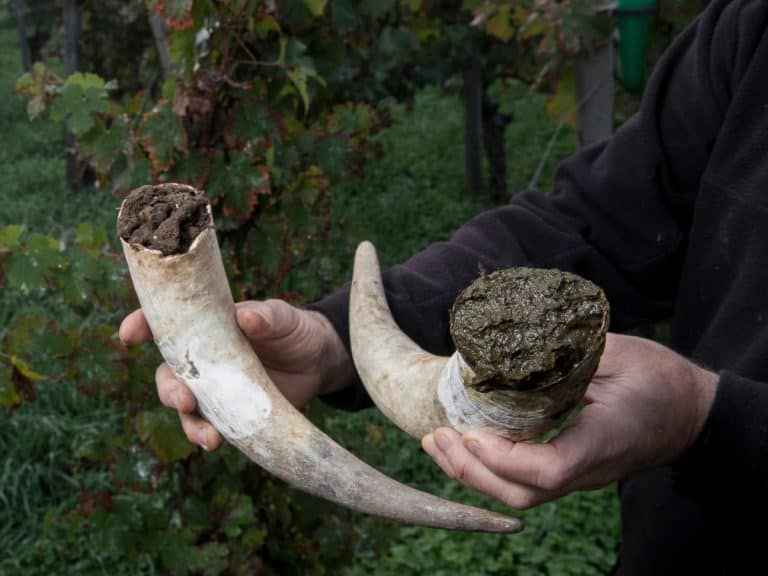 "Biodynamic preparations ave no effect on viticulture": The shocking conclusions of a Swiss study
"Biodynamic preparations ave no effect on viticulture": The shocking conclusions of a Swiss study






